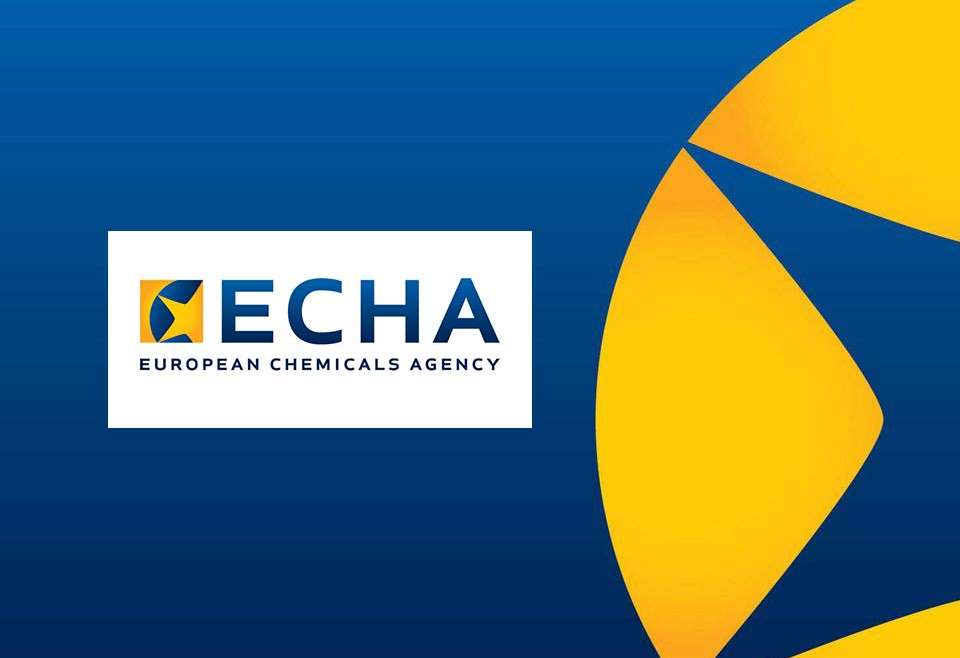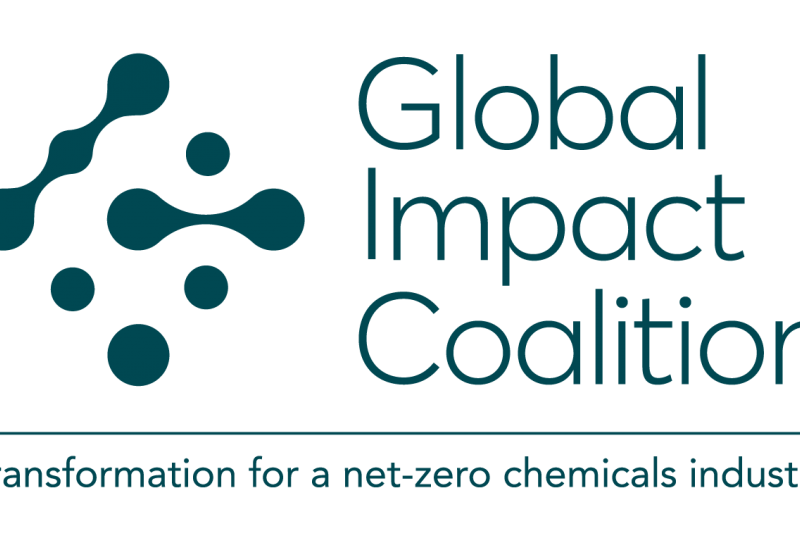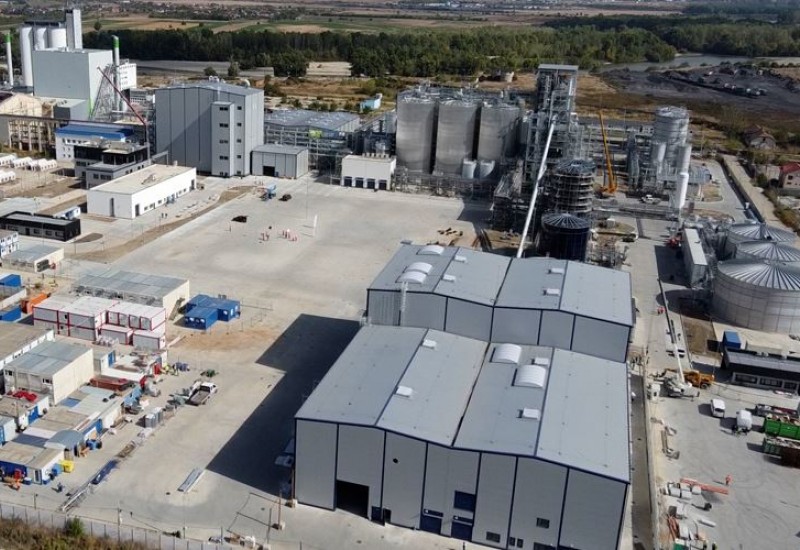Risk management can begin for 300
ECHA’s has released the fourth report under its Integrated Regulatory Strategy, which aims to speed up data generation, identification of groups of substances of concern and regulatory action by integrating different regulatory processes into one coherent approach.
In 2021, the number of substances where assessments were finalised was about 30% up to over 1,900. Most were grouped based on their structural similarity. The regulatory needs of almost 1,300 high-volume (>100 tonnes/year substances remain to be assessed. Of the 1,900, 300 require risk management measures that can begin almost immediately.
About 800 do not currently require further action and the remaining 800 need more data to be generated, of which around 350 of these are expected to move to risk management in the future. This means that a total of about 3,800 substances have been assessed since group assessments became the focus in 2019. The first batch of 19 group assessments was published at the end of 2021 covering more than 450 substances, of which about 25% require further risk management.
The report also highlights a tripling in the number of substances needing harmonised classification and labelling (CLH) from 2020 to 201. CLH is often a prerequisite for moving ahead with further regulatory measures, so “authorities must dedicate sufficient resources and start preparing proposals for these substances to avoid creating a regulatory backlog”, ECHA said.















